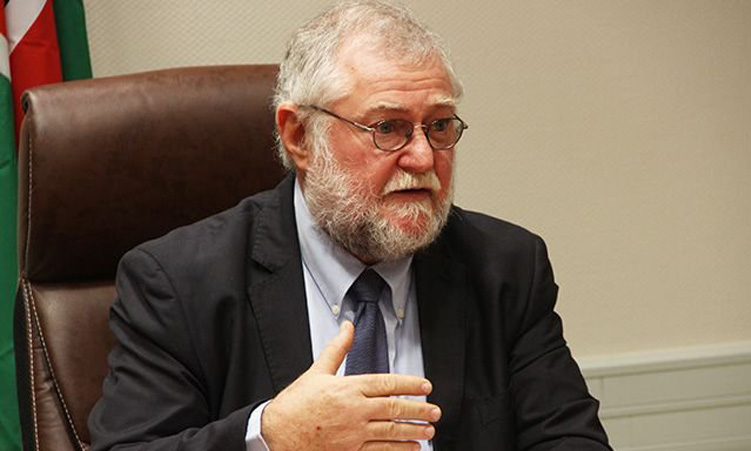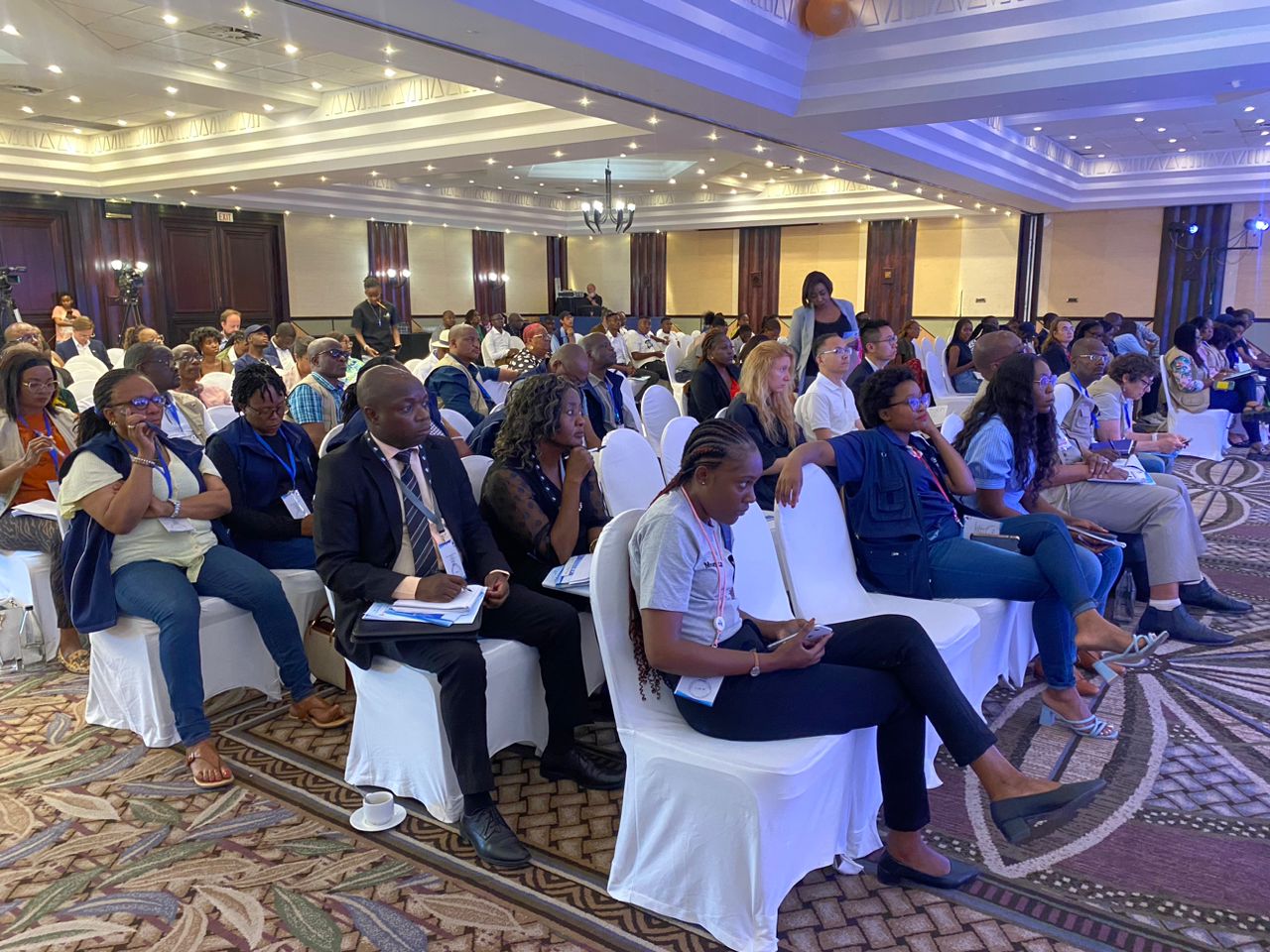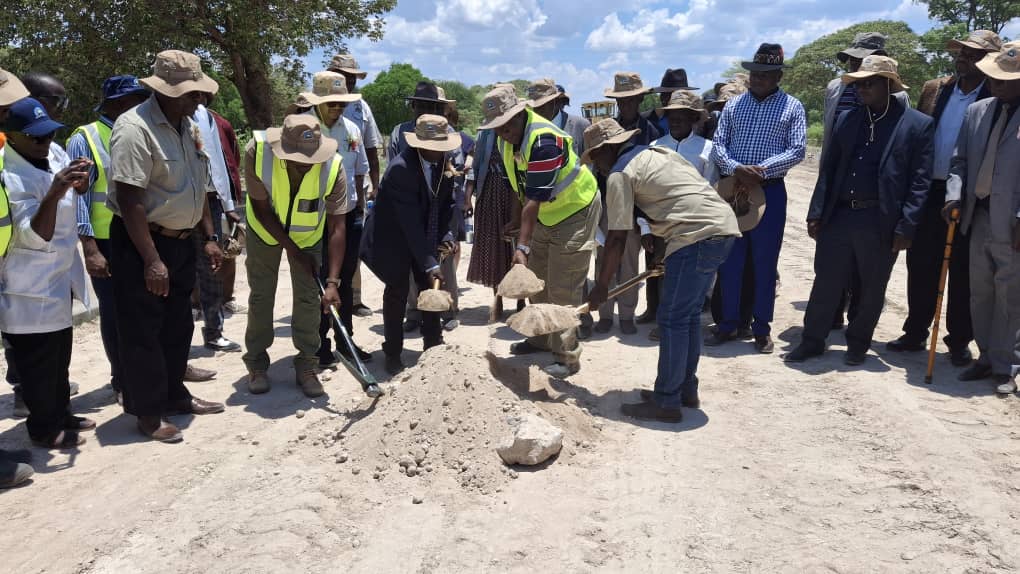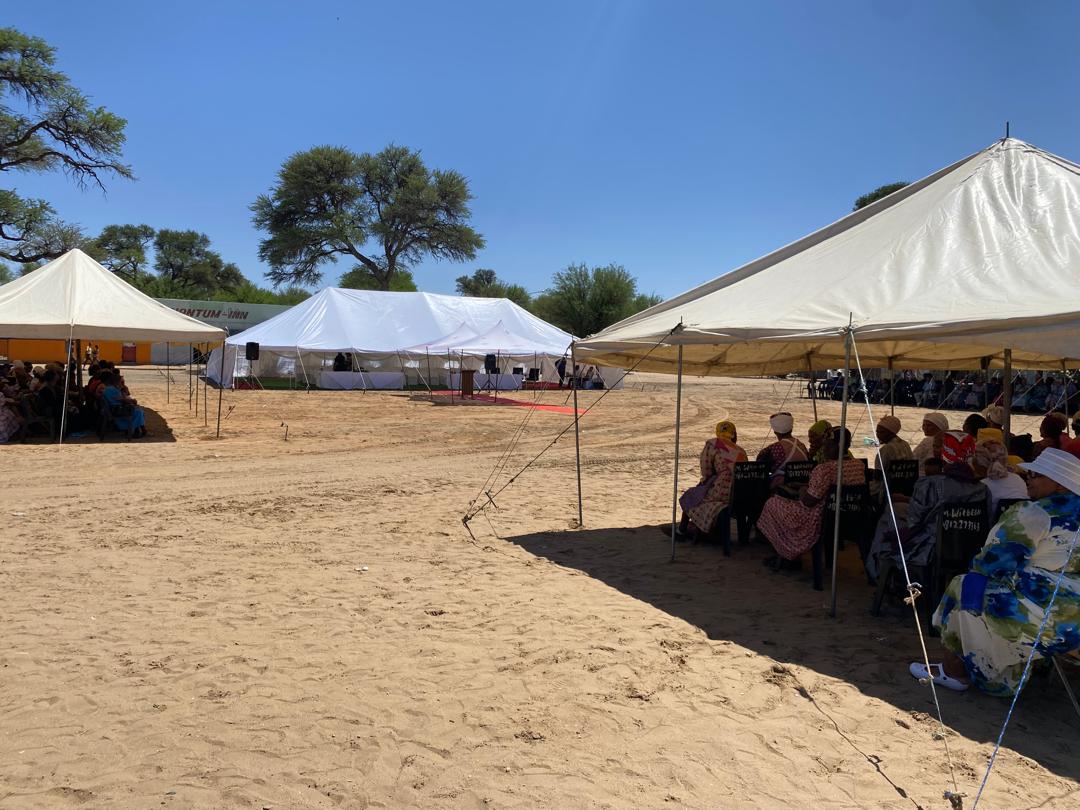Agriculture, water and land reform minister Calle Schlettwein has said his ministry will not withdraw from the ongoing High Court case seeking the complete removal of the 128-year-old redline.
The court case was initiated against the government by activist Job Amupanda in 2021, after veterinary officials at Oshivelo Veterinary Checkpoint allegedly confiscated meat from him.
Schlettwein’s comments come after deputy information minister Modestus Amutse on Thursday announced that Schlettwein submitted a proposal to Cabinet recently for the gradual removal of the redline.
The veterinary cordon fence established in 1896 separates communal farms in northern and north-eastern Namibia, the Omaheke region and part of the Oshikoto and Khomas regions from commercial farming areas in the south. The veterinary cordon fence, he recounts, was erected by the German colonial authorities after a rinderpest (cattle disease) outbreak in 1896 in an effort to limit the movement of animals and to protect the cattle stocks of white farmers in the then German South West Africa.
Amupanda did not respond to a text message sent to him yesterday.
Asked whether his ministry will now withdraw from the court case, Schlettwein responded: “Why should we do that? We did not take anyone to court. So we are not in the position to withdraw from any case. What we are doing now has been our stance all the time, so it has nothing to do with the court case”. He said the government’s stance since independence has been to move the veterinary cordon fence.
The minister said the removal of the redline has been in his statements.
“They have to read the court papers and any of my statements at parliament and anything that honourable Mutorwa (John) said when he was there. That was our stance all along. So it’s them who are uninformed and they are doing it for their own political reasons,” Schlettwein said.
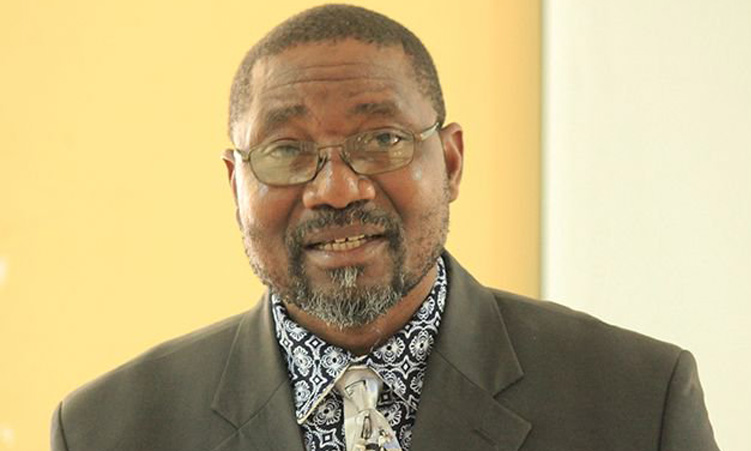
Namibia National Farmers’ Union (NNFU) president Adolf Muremi says his union welcomes the announcement, but it does not know what the implementation will be in 2027, as that time frame is not viable to the farmers. “The gradual removal of the redlines is good as it will allow farmers north of the veterinary cordon fence to access international markets as well as markets south of the redline,” he says.
Muremi says the NNFU is concerned about the feasibility study announcement by the government as there is another study that is about to be completed.
Amutse announced that Cabinet has instructed the Ministry of Agriculture, Water and Land Reform to undertake several actions, including conducting a feasibility study over a two-year period from 2024 to 2026.
This study will determine the budget needed and should be submitted to the treasury for appropriation during the mid-term budget review, as the ministry works towards establishing disease-free zones through the construction of new veterinary fences and gates.
Additionally, Cabinet has directed the agriculture ministry to recruit more staff and construct housing and other necessary infrastructure, with these developments set to begin in the 2027-2028 financial year.
Funding for these initiatives has also been secured to create disease-free zones in various locations, including the Mangetti area, Karikubis in Kavango West and Tsumkwe in Otjozondjupa.
Others are Mangetti East Farms in the Kavango West region, Mangetti West and Onalusheshete in the Oshikoto region, Ombuga area in the Oshana region’s Uuvudhiya constituency, Omutambogomawe in the Omusati region, and Sesfontein area in the Kunene region.
Stay informed with The Namibian – your source for credible journalism. Get in-depth reporting and opinions for
only N$85 a month. Invest in journalism, invest in democracy –
Subscribe Now!


